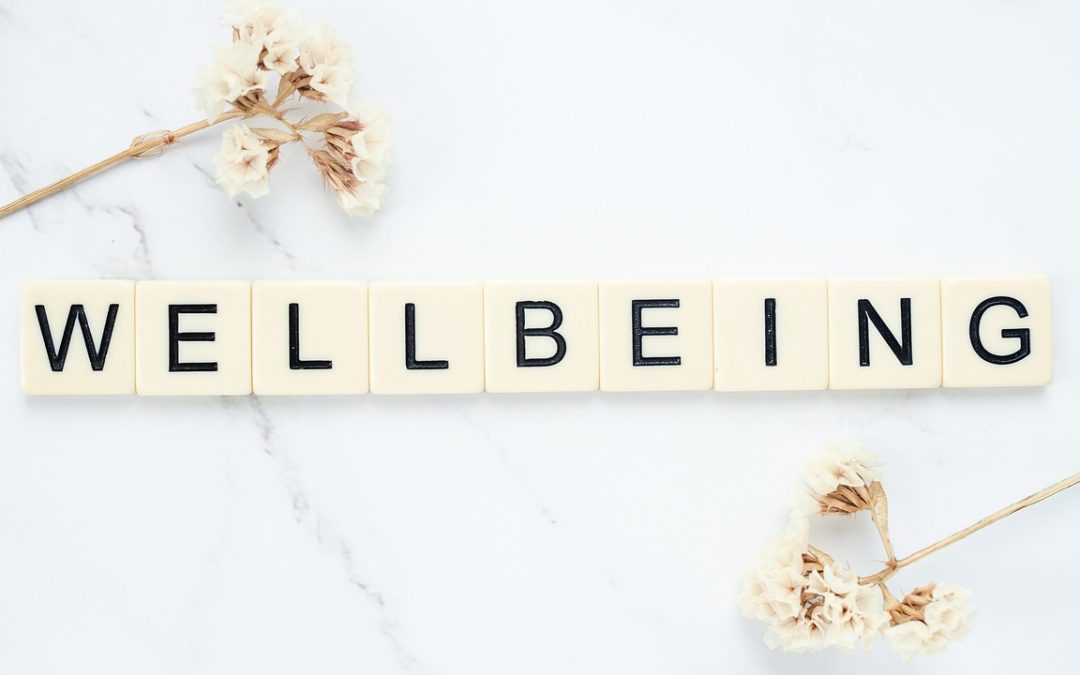
Unlocking the Secrets to Holistic Well-Being: How to Thrive in Every Aspect of Life
Holistic Well-Being – Achieving well-being is about more than just feeling good in the moment; it involves nurturing every aspect of your life, from physical health to emotional resilience. Holistic well-being means understanding that all areas of our lives are interconnected, and success in one area often influences others. By adopting a comprehensive approach to well-being, you can create a foundation for lasting happiness, improved health, and a fulfilling life. In this article, we will explore the key dimensions of holistic well-being and how you can thrive in every aspect of life.
Physical Well-Being: The Foundation for a Healthy Life
Physical well-being is the cornerstone of overall health, as it directly impacts your energy levels, mood, and capacity to face life’s challenges. Prioritizing your physical health means engaging in regular exercise, maintaining a balanced diet, and getting enough sleep. Consistent physical activity not only helps with weight management but also boosts endorphins, which are vital for mood regulation and stress relief.
Nutrition plays an equally important role in your physical well-being. Eating a variety of nutrient-rich foods provides your body with the fuel it needs to function optimally. A diet rich in fruits, vegetables, lean proteins, and healthy fats contributes to increased energy, improved immune function, and long-term health.
Additionally, sleep is often overlooked but is crucial for both mental and physical recovery. A consistent sleep schedule ensures your body has time to repair and restore itself, leading to better concentration, a sharper memory, and enhanced emotional regulation. When you make physical well-being a priority, you lay the groundwork for success in other areas of life.
Mental Well-Being: Strengthening Your Mind for Optimal Clarity
Mental well-being is all about cultivating a positive mindset and maintaining clarity in your thoughts. In today’s fast-paced world, mental health challenges such as stress, anxiety, and overwhelm are increasingly common. Strengthening your mental well-being begins with self-awareness—understanding your thoughts and how they influence your emotions and behaviors.
Mindfulness practices, such as meditation and deep breathing, are powerful tools for enhancing mental clarity. Taking just a few minutes each day to be present and focus on your breathing can help reduce stress, improve focus, and increase emotional regulation. Additionally, engaging in activities that stimulate your mind, like reading, puzzles, or learning new skills, can keep your brain sharp and improve cognitive function.
Equally important is setting healthy boundaries, both in your personal and professional life. Protecting your mental well-being means recognizing when to step back, say no, and create space for relaxation and rejuvenation. By taking care of your mental health, you’ll be better equipped to handle life’s challenges with resilience and grace.
Emotional Well-Being: How to Build Emotional Resilience
Emotional well-being involves the ability to navigate life’s ups and downs while maintaining a sense of inner peace. Building emotional resilience is key to managing stress, overcoming adversity, and bouncing back from difficult experiences. It starts with acknowledging and accepting your emotions, rather than suppressing or ignoring them.
One effective way to improve emotional well-being is through practicing gratitude. Studies have shown that individuals who regularly express gratitude experience lower levels of stress and higher levels of happiness. Keeping a gratitude journal or simply reflecting on positive aspects of your life can shift your focus from what’s lacking to what’s abundant.
Additionally, developing emotional intelligence allows you to better understand your feelings and respond to them in healthy ways. This includes learning how to cope with negative emotions like anger, frustration, and sadness, and transforming them into constructive energy. Emotional well-being is not about avoiding challenges but rather approaching them with the emotional strength needed to overcome them and grow from the experience.
Social Well-Being: Cultivating Meaningful Connections
Humans are inherently social beings, and cultivating positive relationships is essential for overall well-being. Social well-being is about creating and maintaining connections with others that are supportive, nurturing, and enriching. These relationships contribute to a sense of belonging, security, and happiness.
Building social well-being starts with nurturing close relationships, such as with family and friends. Spending quality time with loved ones and engaging in meaningful conversations fosters emotional support, which is crucial during tough times. Additionally, expanding your social circle by joining groups, clubs, or communities that align with your interests can provide a sense of community and shared purpose.
Social well-being also involves practicing empathy and active listening, which strengthens interpersonal bonds. By showing genuine care for others and being present in your interactions, you create stronger connections that contribute to mutual well-being. When you invest in social relationships, you create a support network that enhances your emotional health and overall happiness.
Spiritual Well-Being: Finding Inner Peace and Purpose
Spiritual well-being is the practice of connecting with something greater than oneself, whether through religion, spirituality, or a sense of purpose. It’s about finding meaning in life and aligning your actions with your core values. This dimension of well-being provides a deep sense of fulfillment and peace, especially during difficult times.
Spiritual well-being doesn’t necessarily involve religious beliefs; it can be achieved through practices like meditation, mindfulness, or spending time in nature. These practices encourage self-reflection and help you gain a deeper understanding of your place in the world. Engaging in activities that align with your passions and purpose can also contribute to spiritual well-being, as they provide a sense of direction and meaning.
Additionally, cultivating gratitude and compassion towards others can enhance your spiritual well-being by fostering a greater connection to the world around you. As you grow spiritually, you’ll find that you’re more at peace with yourself and the world, which contributes to an overall sense of well-being and contentment.
Conclusion
Holistic well-being is about nurturing every aspect of your life—physical, mental, emotional, social, and spiritual. By focusing on each of these dimensions, you can create a balanced and fulfilling life that supports long-term happiness and resilience. Developing a prosperity mindset in these areas unlocks the secrets to thriving in every aspect of life, allowing you to live with purpose, connection, and inner peace.


